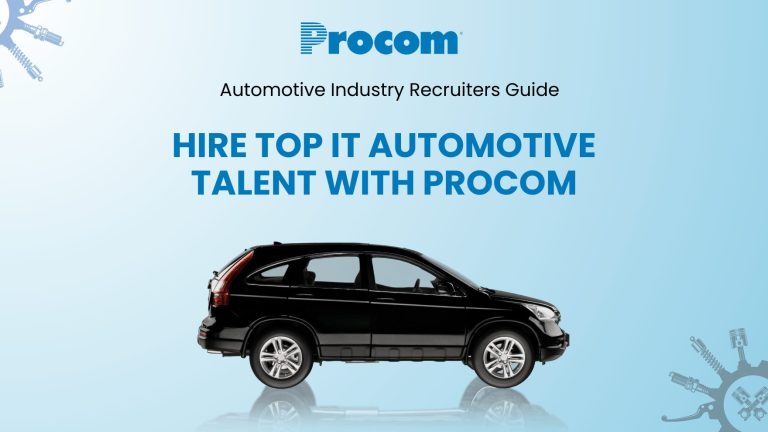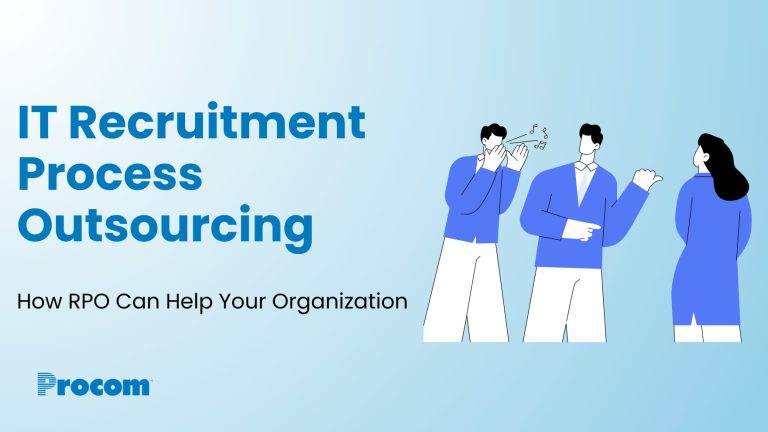Job descriptions are internal documents used in the recruitment process that detail the core competencies of an ideal candidate, and are used by hiring teams to create external job postings.
Just exactly what are job descriptions?
An often-overlooked truth in talent acquisition is that the process doesn’t actually begin when a job is published externally. The first, true step in hiring starts with an internal position description.
Developing job descriptions that are clear and well thought out sets the foundation for the hiring process while also establishing the tone for job performance expectations. When hiring a full-time employee, the document also helps to maintain an equal compensation system.
A strong job description should include:
• The key tasks and essential job duties required for the position or work being done.
• The required skills and physical demands for the work.
• The specific tasks that must be completed to perform the job.
• It may also include the job title along with key information like salary range and the working conditions.
When written clearly, job descriptions align expectations between candidates and employers.
Looking to strengthen your hiring process? Partner with Procom to access tailored recruitment strategies and avoid costly hiring mistakes.
When and where does a job description really begin to formulate?
For many, it’s the chicken before the egg scenario when it comes to developing job descriptions. Do they shape the hiring process, or does the hiring process shape them?
In practice, they often emerge when:
- Important work is left undone, and no one has the capacity to take it on.
- A role shifts away from its original design, creating a skills gap.
- A business need arises that existing resources cannot solve.
Whatever the cause, it marks a point where action is required, and the right person must be brought in to move the work forward.
In short, development of a job description can begin at any one of these stages, but first, employers must know what they’re looking for before going to market to fill a particular role.
Undervaluing job descriptions is a common mistake
High-quality job descriptions are the foundation for building a successful hiring structure, but within many organizations, the descriptions are not clearly aligned with the job responsibilities or reviewed and/or updated with the thoroughness that’s required. Hiring against an outdated job description is a recipe for disaster. It can be quite expensive to change requirements for a position throughout the recruitment cycle between advertising, screening and interviewing, but this will likely still cost less than a bad hire.
What is the importance of job descriptions?
Realizing the importance of a job description puts organizations at a distinct advantage over the competition when engaging talent. Here’s why:
They pre-identify talent
Job descriptions are also the starting point for creating job postings that will help determine a prospective employee’s interest level and whether they possess the required qualifications for the work.
For instance, front-loading the key skills in a job description will help interested candidates to determine if they align with an organization’s expectations.
As job seekers are typically drawn to the first few bullet points of a job description, listing the highest level of skills first can help them assess if they have the qualifications to match, and attract qualified candidates quickly and effectively.
They act as links within an organization
Job descriptions play a part within the organization to link together different job roles and reporting structures. They also provide a framework to both the new worker and the organization in relation to where the job fits within the company.
The linking of the job opportunity to the existing organization can provide clarity into how the job will interact with stakeholders and other employees.
They add measurability
A good job description must detail what the ideal candidate should bring to the position, but it must also include what will be measured and the expected outcomes. Setting realistic job expectations is key in not only finding the right person but ensuring your organization can retain this person in the long term.
They help avoid the costs of a bad hire
Along with must-have skills, knowledge and abilities, there are often preferred qualifications that may be required for the position. These core requirements help not only to align the candidate to the job, but can also prove critical to hiring the right cultural fit for the organization.
The importance of effective job descriptions
Job descriptions are important, but they can be imperfect
Acknowledging a job description is important, but it’s equally important to recognize that it has limitations – this way of thinking allows room for adjustments.
If the position is newly defined, its future requirements may not yet be fully realized, and it’s okay to review the job description, update it or fully rewrite it. In fact, an imperfect job description can help:
Identify blind spots
Even though the job analysis has been completed, there may be several steps or tasks that have been left out, inadvertently leaving the job preview with a few blind spots for the new hire.
Updating the job description or realizing that these blind spots exist can help identify focus topics within the job interview.
Provide flexibility
As your organization begins to fill more senior job roles, these positions or projects may require more flexibility within the hiring requirements. An ideal candidate should be able to take initiative, drive projects and oversee deliverables within the position. However, engaging this type of worker may require massaging the job description in order to highlight the importance of this autonomy.
Keep job requirements up to date
External or internal changes can result in an out-of-date job description. Systems and processes change, and reporting structures get updated, and ensuring that all of this is accurately accounted for can be an intensive endeavor.
The process for creating job descriptions within an organization is not always optimal, but keeping them up-to-date and aligned to the organization’s changing systems, processes, initiatives, and structures is key to having a solid framework to begin the hiring journey.
Building the right workforce starts with the right partner—contact Procom to start the conversation.Why do you need an up-to-date job description?
When organizations have identified the need to engage talent, job descriptions, job titles and associated compensation must be up to date. However, honing a job description is often a low-priority task for a busy hiring manager and defaulting to an old job description or cut-and-pasting a mish-mash of job descriptions together doesn’t always attract qualified candidates.
A great job description begins with taking the time to conduct a job analysis
This analysis will give insight into which skills, knowledge and abilities are required to perform the role’s duties and responsibilities. To achieve a great output, it’s important to delve into the key elements and sequences of tasks that need to be completed to understand who the best person is to complete them.
Hiring teams must investigate past performance reviews to know which skills are required to perform key duties, but also look to the future and determine what skills will be important as this role progresses.
Frequently asked questions about job descriptions
How do job descriptions impact employee retention?
Clear job descriptions set measurable expectations from day one. When employees understand their responsibilities and how success will be measured, they are more engaged and less likely to leave due to misaligned expectations.
How often should job descriptions be reviewed?
At a minimum, job descriptions should be reviewed annually. However, they should also be updated whenever responsibilities, reporting structures, or organizational systems change.
Can job descriptions support performance reviews?
Yes. They provide a benchmark for performance management by outlining duties, responsibilities, and expected outcomes. Managers can use them to track progress, identify skill gaps, and guide employee development.
Do job descriptions help with workforce planning?
Absolutely. Job descriptions create visibility into organizational roles, making it easier to identify skill gaps, plan succession strategies, and align staffing with long-term business goals.
Why strong job descriptions matter more than ever
Job descriptions are more than administrative documents—they are the blueprint for building strong, high-performing teams. A well-crafted, up-to-date description helps organizations:
- Attract the right candidates quickly by setting clear expectations.
- Reduce hiring risks by aligning qualifications with organizational needs.
- Support retention and engagement through measurable outcomes and clarity of role.
- Plan for the future by identifying skill gaps and preparing for organizational change.
Yet too often, companies rely on outdated or vague descriptions, leading to costly hiring mistakes, wasted time, and lost productivity. If your organization is struggling with unclear roles, slow time-to-hire, or the cost of bad hires, Procom can help. Our recruitment experts work with you to create accurate, future-focused job descriptions and deliver the right talent. Contact Procom to strengthen your hiring process.





